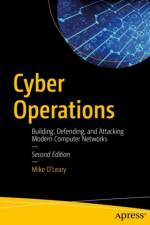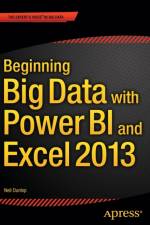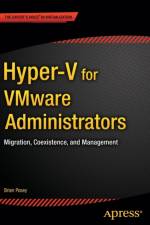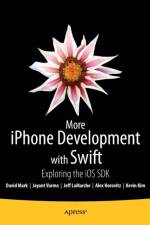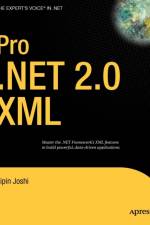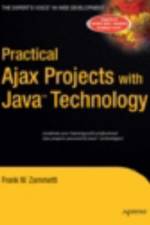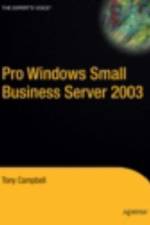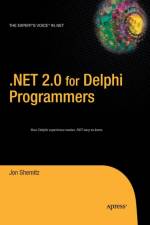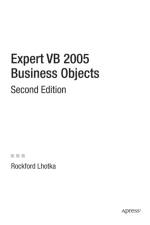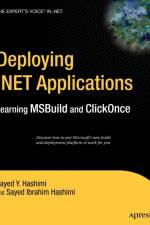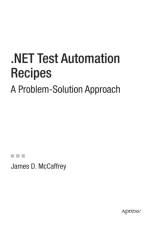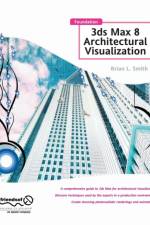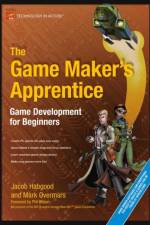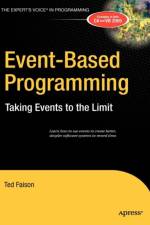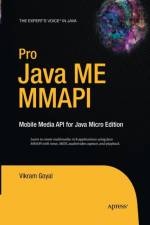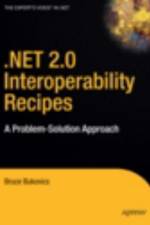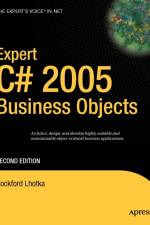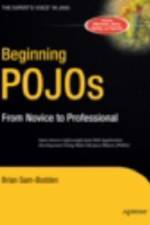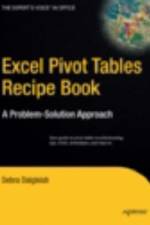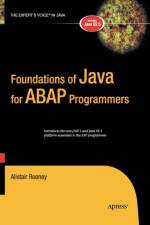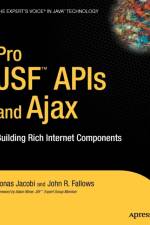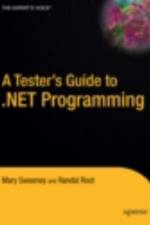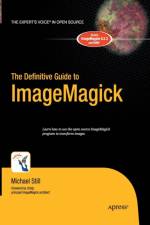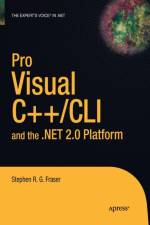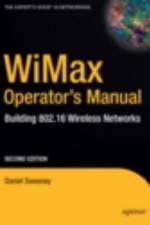- Building Rich Internet Components
av Jonas Jacobi & John R. Fallows
647
Pro JSF and Ajax shows you how to leverage the full potential of JavaServer Faces (JSF) and Ajax. This is not an entry-level tutorial, but a book about building Ajax-enabled JSF components for sophisticated, enterprise-level rich Internet applications. Written by JSF experts and verified by established community figures including Adam Winer (member of the JSF Expert Group, Java Champion), Kito D. Mann (JSFCentral.com and JSF in Action), and Matthias Weendorf (MyFaces), this JSF 5-compatible book provides reliable and groundbreaking JSF components to help you exploit the power of JSF in your Java web applications.This book provides a blueprint for building custom JSF user interface components and shows how to leverage the best browser technologies, such as Ajax, Mozilla XUL and Microsoft HTC, to deliver rich Internet applications.This book covers standard best practices for behavioral and renderer-specific component classes, renderers, events and event listeners, and JSP tag handlers for each. It also covers advanced techniques such as dynamic content type negotiation, JAR-based resource delivery, and dynamic render kit selection.Foreword"e;Does the world really and truly need another JavaServer Faces book?I was fairly well convinced the answer could only be a resounding 'no!' After all, there’s a good half dozen books out in stores today, by a whole host of web luminaries, and I’ve even personally helped as a technical reviewer on half of those. So what more could really be said on the subject?But when I thought about this a bit more, it became clear that all of these books only go so far. They’ll show you how to use what JSF gives you out of the box, throw you a bone for writing your own components and renderers, maybe even a bit more. But none that I’ve seen get to the heart of why JSF is really and truly cool and important technology; they make JSF look like YAMVCF (Yet Another Model-View-Controller Framework) for HTML—more powerful here and there, easier to use in many places, a bit harder to use in others, but really nothing major. And certainly nothing that takes us beyond the dull basics of building ordinary-looking web applications.This book goes a lot further. It’ll cover the basics, of course, and show you how to build components, but then it keeps going: on to AJAX, on to HTC, on to XUL—and how you can wrap this alphabet soup up underneath the heart of JSF, its component model, and how you can leverage it to finally develop web applications that don’t need radical re-architecting every time the winds of client technologies blow in a different direction. Along the way, you’ll learn a wide array of open source toolkits that make web magic practical even when you're not a Javascript guru.So, heck, I’m convinced. The world does need another JSF book."e;—Adam Winer, Architect, ADF Faces, JSF Expert Group Member, and Java Champion. (From the Foreword)

